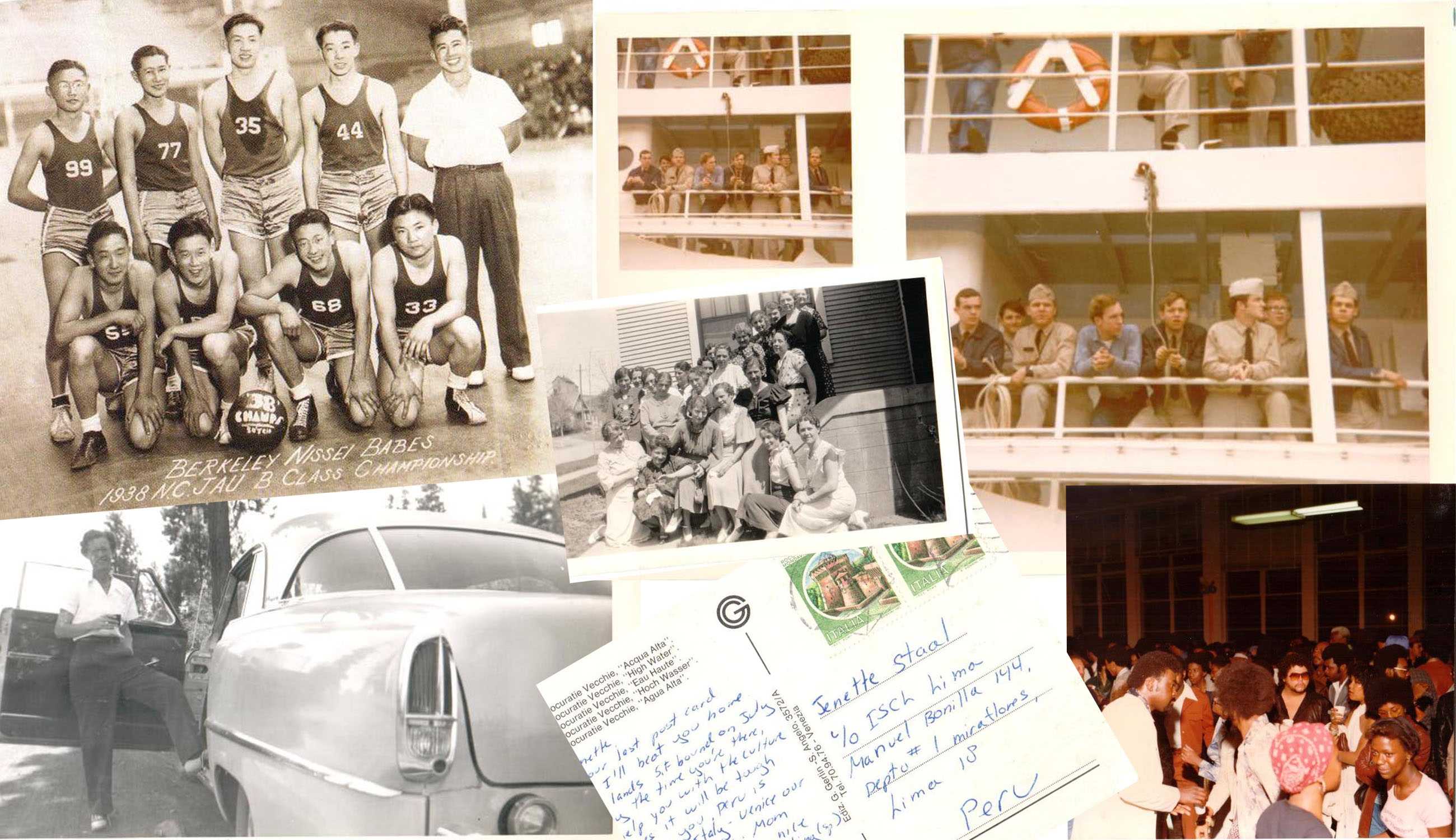My iCloud storage is full. Again. I have 3,054 items in my camera roll but I can’t will myself to get rid of a single one. In my mind, each snapshot represents a valuable moment in my life and to delete any photograph or video would be to deem that moment insignificant and unworthy of revisiting. Not even a lack of storage can tempt me to throw my memories away.
Though the sheer magnitude of my camera roll may seem excessive, nearly all of my friends also have huge libraries of photographs and videos on their devices. To me, this is hardly surprising, considering the immense role of technology in our modern society. Some may see this as evidence of teens’ tendency to focus too heavily on social media – however, I see it as an invaluable avenue of documentation.
We record nearly every moment through our phones — on social media or just in our personal libraries — and consequently, we have composed for ourselves a massive archive of memories that previous generations have not had the resources to create. In 60 years (if our iCloud storage has enough space), we will be able to show our grandchildren exactly what our lives were like — from our funniest snapchats to our artsiest Instagram posts. We are the first generation to have such easy access to our own histories, and we must take advantage of it.
This weekend, while visiting a flea market in Berkeley, I stumbled upon three cardboard boxes stacked high with old photographs. Though I didn’t recognize a single face, I was enraptured by the relationships in each picture, the facial expressions, the backgrounds. These photographs came from hundreds of unique locations, and it was impossible to know how each picture found its way to the Ashby flea market. Despite not being able to identify any of the people in the photos, I found myself elated simply because I was exposed to their existence. Without the photographs, those faces would have been lost in time, realities forgotten as years have passed.

However, cameras are not the only way to utilize technology in curating our memories. Classic avenues of documentation such as keeping diaries, making time capsules and crafting scrapbooks have benefitted greatly from the popularization of technology, as digital tools allow people to interpret such projects in varied ways. For example, blogs and Google Docs provide alternatives to paper diaries, Tapsule and other online applications are possible substitutions for physical time capsules, and Snapfish and the Photos app on Apple computers can replace the typical scrapbook.
Yet, the modern spin on old forms of narration doesn’t mean that versions sans technology are obsolete. The more contemporary techniques may be easier, but we shouldn’t cast away the old school methods of recording our stories.
Monica van Rijn is using both technology and classical styles to document the stories of those who have lived through war in her project “Colored by War.” Inspired by her mother’s Holocaust survival story, van Rijn has provided a “visual monument of remembrance composed of artwork, diaries and short films” because she believes that everyone is a history maker, even though most people don’t think of themselves that way.
“Telling your own personal story is a release for yourself, so it’s always good for you. It’s good for your family members,” she says. “When people are able to write about their feelings — and this is the key — then we can hope that people do learn from history. If we don’t, then every generation has to experience the same kind of pain and the same kind of loss in order to feel it.”
A proponent of “hard copies,” van Rijn also sees tremendous value in digital storytelling. “These pictures — and that’s what we’re getting prolific in now, we’re getting great pictures with our phones — we are telling stories with those,” she says.
Like van Rijn says, whether or not you are conscious of it, you are a history maker. We owe it to ourselves and to our posterity to record our narratives with intent, because without record of our stories, it doesn’t matter how much room we have left in our iCloud storage. However you choose to document your history, it’s worth doing.
You can do it too: Using technology to document your life is easier than you think!
- Buy and complete Gretchen Rubin’s Happiness Project One-sentence Journal : A Five-year Record (buy it here)
- Keep a diary — either a hard copy or a digital version will suffice
- Write 3 words about your day, every day
- Make a scrapbook, or just have Snapfish make it for you
- 1 Second Everyday: Video Diary — Available on the app store here and definitely worth the five dollars
- Make a playlist and add a new song that describes your day every day — start now on spotify
- Make a list of your favorite things every year on your birthday
- Create a physical or digital time capsule — check out Tapsule

